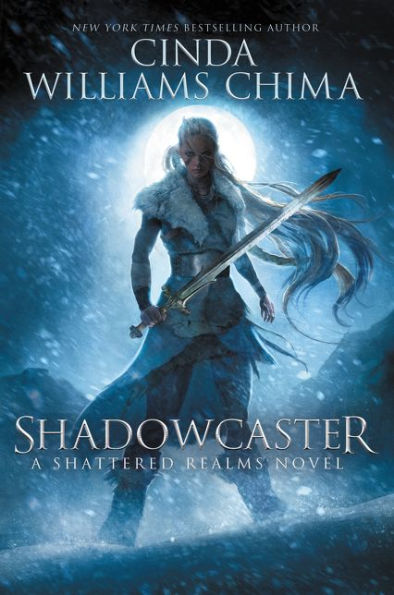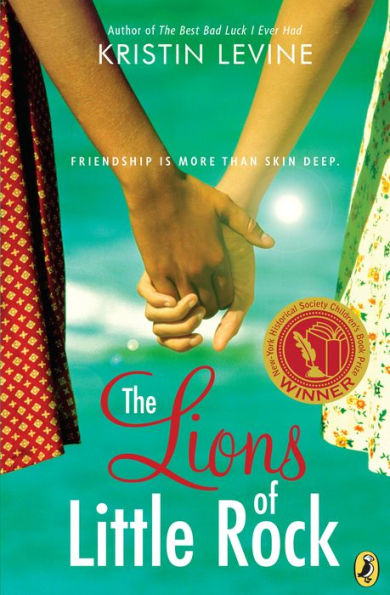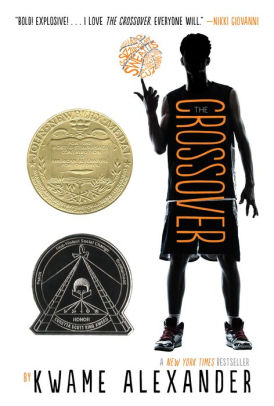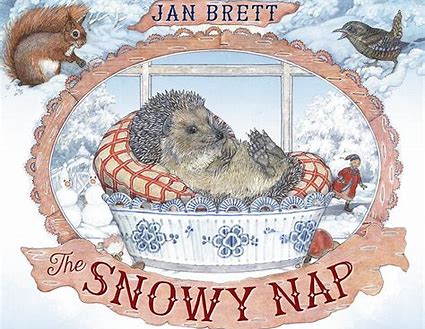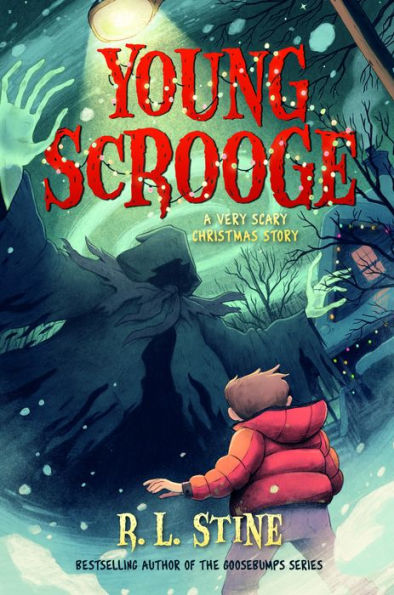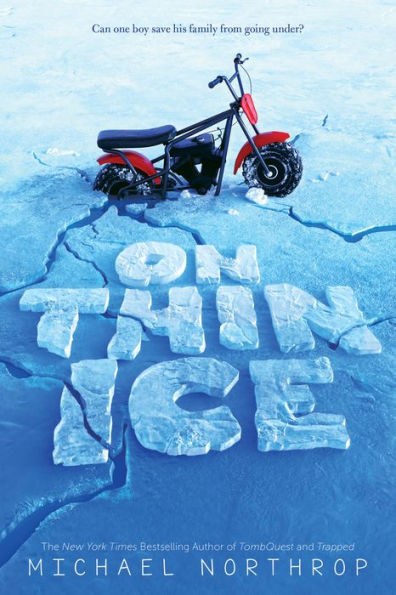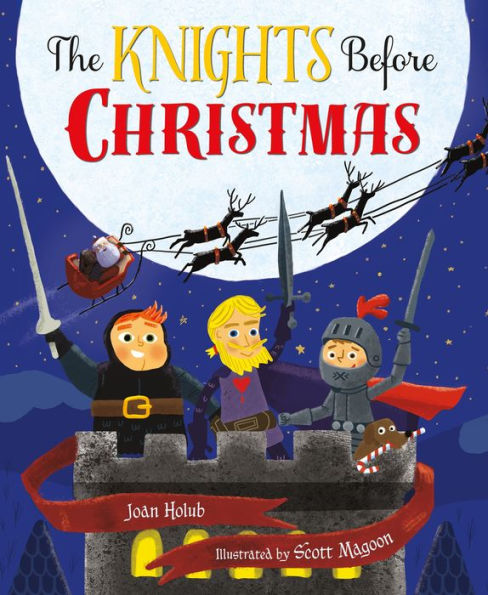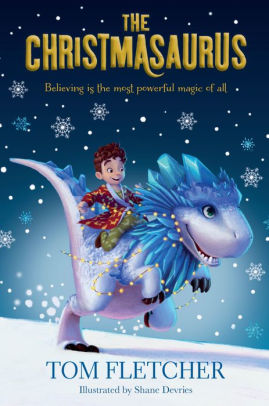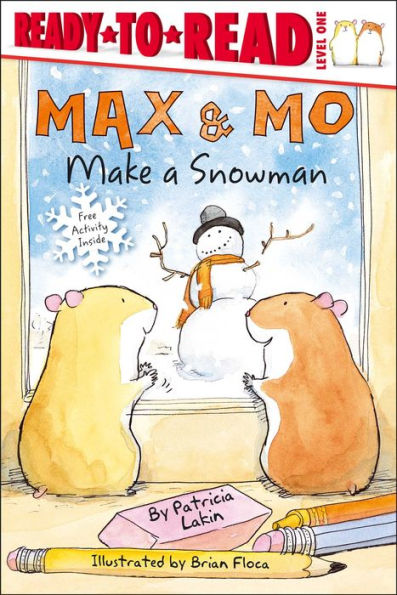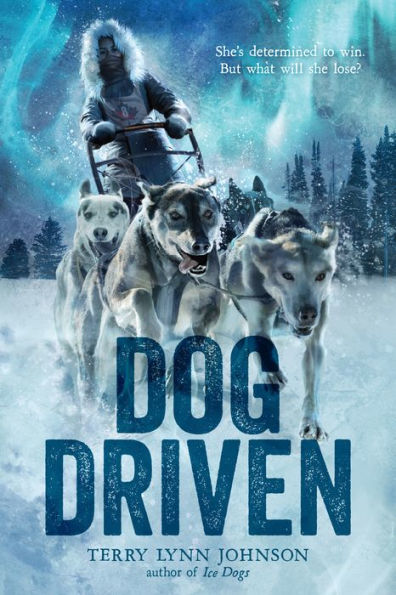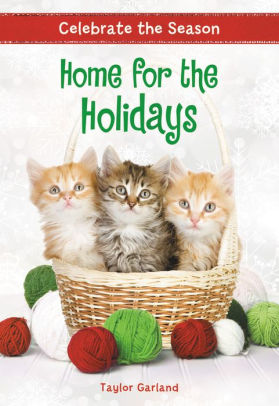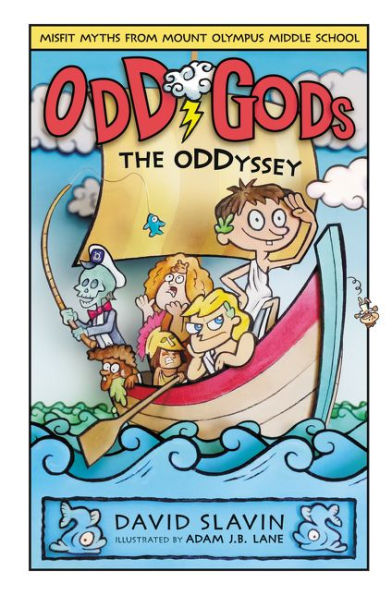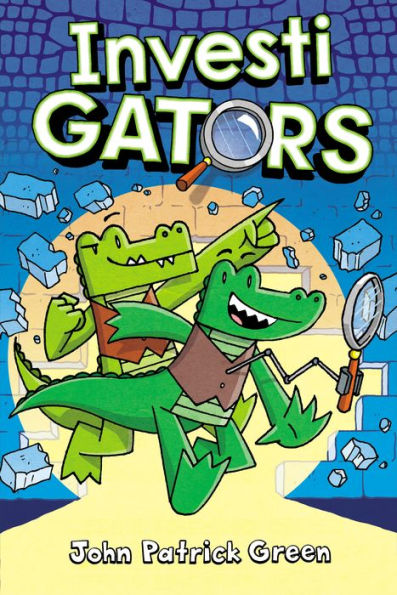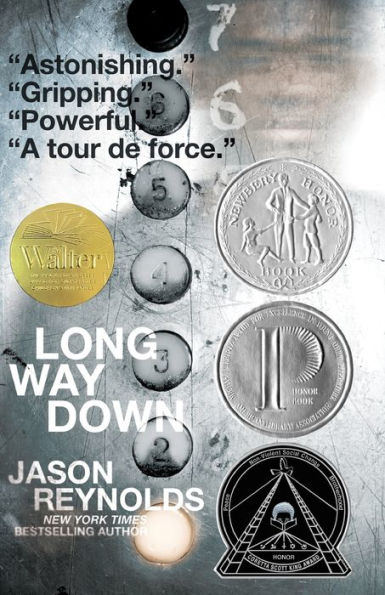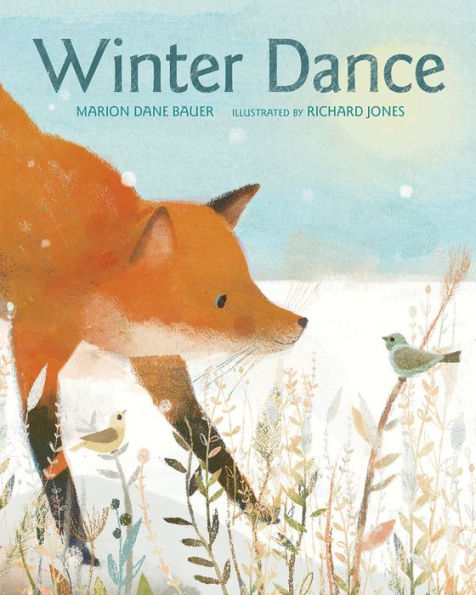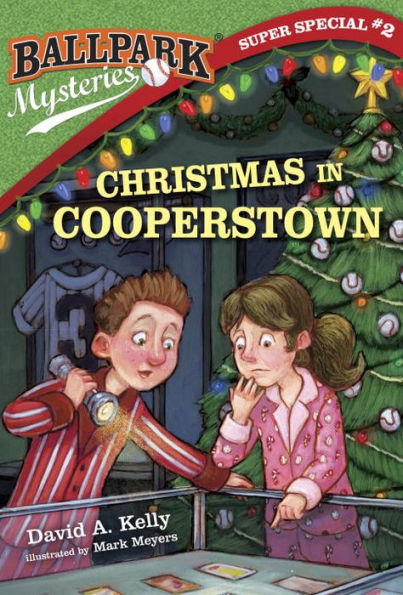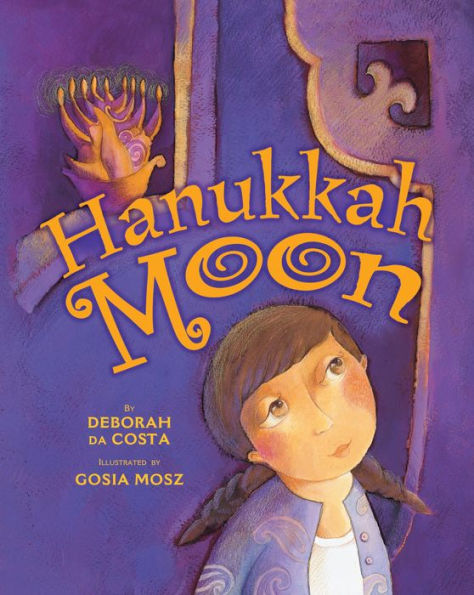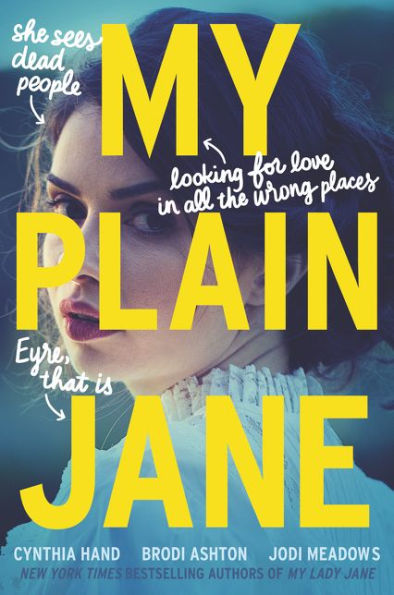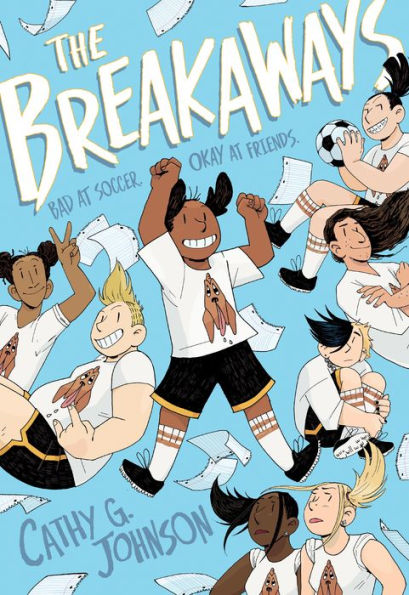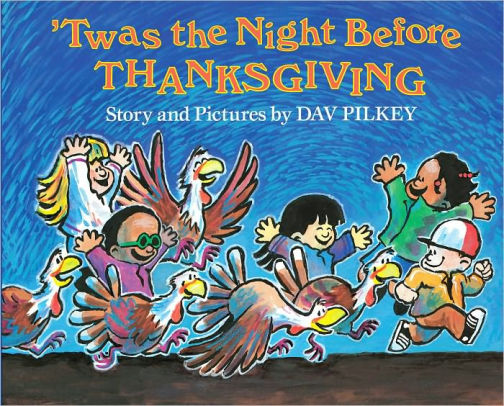Alyssa ana’Raisa, the reluctant heir to the Gray Wolf Throne, must overcome the impossible. After suffering the loss of her sister, brother and father, as well as an attempt on her own life, she wants nothing more than to end the war that’s consumed her world for decades. To protect her mother and her friends, Lyss will do whatever it takes to strike a blow against Arden.
Halston Matelon is simply trying to survive the king of Arden’s wrath. Once Hal’s father betrays the king, a target is put on Hal’s back, forcing him into dire situations that could end his life. But when Hal’s captured by an enemy commander, he must confront his own prejudices, as well as a budding, forbidden love for the woman who bested him.
Breon d’Tarvos has stayed far away from the front lines of the war. Performing as a street musician for a little bit of coin, Breon has managed to survive on the streets. Yet that all comes to an end when he’s pulled into an assassination attempt on Princess Alyssa. Now Breon is on the run, hoping to escape to a safe haven on the coast. But nothing is ever that easy.
Shadowcaster is a great follow-up to Chima’s first entry in the Shattered Realms series, Flamecaster. Following three main characters, Lyss, Hal, and Breon, the story unfolds in the northern Queendom of the Fells. Whereas the first book focused on the fanatical religious state of Arden, its prejudices against wizards, and the political intrigue of King Gerard’s court, the sequel explores the different cultures of the north, where wizards are both respected and free, and where many cultures co-exist.
Each of the main characters is linked to the various themes present within the story. For instance, Lyss’ storyline explores dealing with grief. Throughout the novel, Lyss’s motivation stems from the deaths of her family, and she’s forced to confront the pain of finding out her brother may still be alive.
The theme of confronting prejudice is squarely placed in Hal’s storyline. When Hal is captured by Lyss, he is forced to see the northerners as people, and he even falls in love with her. This opens Hal’s eyes to the idea that his prejudices are wrong.
Breon’s story focuses on struggling to survive. As a poor street musician, Breon fights to get food on a daily basis. He also struggles with addiction to a drug known as “leaf.” With little money, no home, and few friends, Breon represents the civilians who are trying to survive amidst a war. Each of these themes is well written, and each is powerful in its own right.
Lyss, Hal, and Breon are all likable, relatable characters. Lyss is relatable because she struggles to fit into people’s expectations of a princess. Rather than lead, Lyss wants to continue as a soldier, fighting for what she believes in. Both Hal and Lyss want to protect their family. Plus, Hal is fiercely loyal to his men, wanting to protect them in dire situations. Breon, while suffering from drug addiction, is likable for his desire to make honest coin and to live with his sweetheart, Aubrey. These three, combined with some thrilling battle scenes, will keep readers on the edge of their seats. In addition, the romance between Hal and Lyss will leave readers wanting more. Their romance sets a fun, exciting pace that ends in a cliffhanger. Readers will look forward to continuing this epic story continues in the third book, Stormcaster.
Sexual Content
- Lyss has a crush on her friend, Finn. Later on, she admits to herself, “She’d had a crush on Finn sul’Mander since she was eleven years old.”
- When Finn gets engaged to Julianna, they were “blushing and Finn was smiling. Julianna held up their joined hands to display her engagement ring.” Later on, Lyss watches as “He kissed Julianna again. And again.”
- The diplomat tells Lyss, “You’re not the beauty that your mother is, or your sister, Hana, may she rest in peace, or your cousin Julianna—such a lovely girl—but there’s a lot can be done with the proper staging.”
- Hal overhears Bosley, a member of Lyss’ squad, talking about his conquest of Lyss. Hal thinks, “Bosley had described a series of recent trysts with her in embarrassingly graphic detail. Maybe customs were different here in the north, but it seemed crude and dishonorable to share that.”
- Hal thinks, “If Bosley was sleeping with his commanding officer, the last thing Hal wanted was to get caught in that crossfire.”
- Hal and Lyss begin a short romance. After falling on top of her by accident, Hal thinks, “it took everything that was in him not to finish their match with a kiss.” Later, Hal thinks, “The truth was, he wanted to kiss this northern girl, and go on from there. He wanted her more than any woman he’d ever known.”
Violence
- In a battle between squadrons, Lyss sees Hal “lean down from his horse and scoop up a soldier who was staggering around aimlessly, blood pouring from a head wound.”
- In the Clans, a group residing in the Fells, the amount of braids one has indicates how many people they’ve killed. Less notices “The many braids in Shadow’s hair were evident that he rarely said no to a fight, and that he usually came away with a kill.”
- Hal thinks back on the people he’s killed. “Several times in the past, Hal had discovered that the man he’d just killed was actually a woman.”
- When thinking of his friends, Breon thinks, “And Goose? He’d cut your throat for a wad of leaf, but other than that he’d always been a harmless sort.”
- In an assassination attempt on Lyss, one of her squad is hit with an arrow. Lyss “ran her hand over his uniform tunic until she found the arrow shaft embedded in his right lower back.” Just after that, she’s attacked again. An assassin strangles her, and “his fingers didn’t loosen until Lyss’s shiv transfixed his throat and blood spilled over her leathers.”
- In the city of Delphi, the residents have been fighting back against Arden’s occupation. The former mayor “was found dead in an alley, his throat cut, his body wrapped in an Ardenine flag.”
- When arguing with Hal, Lyss tells him, “When Princess Hanalea was murdered, your king sent her head to her mother in a golden casket with a note, in case she didn’t give credit where credit is due.”
- Sasha tells Breon that he’ll be executed for the attack on Lyss. She says, “But two of her escorts were killed in the attack. That ought to be enough to hang you.”
- Someone says, “Whenever Montaigne got a little down, he just murdered a few people, and that set him to rights.”
Drugs and Alcohol
- Breon and his friends often use leaf, which is a street drug. Breon thinks, “People said that leaf fried the brain, and maybe that was true. He could quit anytime, and maybe he should.”
- On a trip to the coast, Breon thinks, “Or maybe it just seemed longer because Breon has passed much of the trip in a pleasant haze of leaf.”
Language
- Ass is used several times. For example, when trying on a pair of pants, Breon thinks, “he had to cinch in the breeches to keep them from sliding down his bony ass.”
- Asshole is used several times. Lyss tells off someone, saying “At least that’s fixable. Being an asshole isn’t.” Asshole is used a few times in the novel.
- Hell and damn are used a few times. For example, when asked if he’s a wizard, Breon retorts, “Damn right I am.”
- Sasha tells Breon, “Poke me, and I’ll poke you back, you scaly, scum-sucking sneaksby.”
Supernatural
- Flashcraft refers to magical items that are created by the Clans in the Fells. Lyss receives a flash craft locket. “When she touched it, the portraits would shift, displaying first one person and then another.
- In Arden, wizards are called mages and are typically slaves.
- Hal, who is from Arden, believes witches like Lyss can turn humans into animals. However, this isn’t true.
- Mystwerk is a school where wizards learn magic.
- In the Fells, the ruling line of Queens can see wolves that bring prophetic dreams and visions. Less tells Ash, “I just keep having these dreams, where everyone’s dead and I’m all alone on Hanalea Peak, just me and the wolves.” Just after that, Ash tries to soothe her with his magic. Lyss snaps at him, “Stop soothing me!”
- While Breon is imprisoned someone threatens to use magic on him to get him talking. Breon thinks, “What did he mean by persuasion? Magic? Torture? Hypnosis? Could this mage really make him tell the truth?”
Spiritual Content
- A dedicate at a temple hands out food to those who need it. Breon notices “The dedicate offered a blessing along with the bread and fruit.
- The Church of Malthus is the state religion of Arden. Lyss asks Hal, “Is there any way your war-weary people and your bloodthirsty church would allow them to live?”
by Jonathan Planman
